FORT LEE, Va. (April 18) - During a first-time regimental induction challenge here Friday, 59 Transportation Basic Officer Leader Course students faced a series of obstacles that tested their teamwork, determination and ingenuity.
The competition was reminiscent of the CBS television show "Amazing Race." The students of TBOLC Class 11-003 made their way to designated locations and received a task they would have to complete before advancing to the next level. According to Australian army Maj. Scott A. McMahon, the deputy course manager who provided oversight of the challenge, it is a way to test the students physically and mentally, requiring them to use their newly acquired leadership and teamwork skills to complete the tasks in the shortest amount of time possible.
"We kept the challenges close to what these students learned in the classroom or might experience as young transportation officers," said McMahon. "And we incorporated a lot of problem-solving tasks so they would have to come up with a plan, execute it and adjust if needed. It's all about thinking on their feet."
With instructions to "show up well-hydrated," the class reported to the Army Logistics University quad at 5 a.m. on the day of the challenge. The students were randomly divided into four squads and each received a map and protractor. The "race" was about to begin.
Task One: As a squad, complete a total of 300 pushups.
The order in which they completed this task would determine their departure time for the next stage of the challenge. Squad three is the first to hammer out the required repetitions and is given the choice to choose their place in the lineup. Opting to take the lead position, they were provided the first challenge titled "New Market."
"As a transporter, it's important for you to meet all timings so that you are able to provide the warfighter with the right support, at the right time and in the right configuration," the instructions read. They have 20 minutes to reach their next destination and all members of the squad must hold on to a plastic chain to guarantee movement as a team.
The other groups that followed in 10-minute intervals were given the same instructions.
Two-miles later, squad three reached its first destination near the Transportation School. Somewhere along the way, they were joined by Brig. Gen. Edward F. Dorman, the Chief of Transportation, and he encouraged the young officers to stop, assess, make a plan and keep mind over matter. Second Lieutenant Lauren Baccarny, a member of the squad, said the general's presence helped to motivate the groups.
"He has a lot of heart, and I think that brought out the heart in the competitors," she said.
Meanwhile, Transportation BOLC Chief, Maj. Lydia Welch, said the event was off to a smooth start. "The lieutenants are motivated," she said. "The events are unfolding for them and they are staying focused."
The name of the station one is "Child's Play." The instructions remind them that transporters must be familiar with the equipment they drive and haul and the challenge is to match numerical nomenclatures correctly with the picture of the military vehicles to which they belong. All squads are given three tries and a five minute time limit.
Squad three finishes its matching game and moves on to the third challenge called "Conestoga." They're told to move critical equipment - namely a 1.5-ton M105 trailer and two truck tires weighing more than 100 pounds each - to a supply point a few miles away. Pushing, pulling and shifting positions to gain better leverage on the load, the students demonstrated the grit of the transportation warrior, "Spearhead of Logistics."
Challenge four, "The Tony," is a test of ingenuity. The students are told to build a two-wheel cart using a limited number of parts - tires, ropes, zip-ties and aluminum poles - and then use it to move a small load approximately one half mile down a muddy trail. For some, the task seemed simple and their makeshift carts came together quickly. Others struggled as design ideas changed and parts were untied, moved and retied. One squad passes another and gains bonus points - a small victory in a big challenge.
The final leg of the race was near and the student's seemed to sense it as they approached the fifth challenge, "The Gig." In true "Amazing Race" fashion, this last task would test the competitor's powers of observation - find the 10 deficiencies (while performing preventive maintenance checks and services of a troop transport truck), read the instructions. Squad three finished the task and appeared to have a clear shot at first-place. As the group departed, however, two more squads converge on the training area and they can close the gap if they complete the station quickly.
Back at the ALU quad, Rick Furrow, the senior T-BOLC training specialist, awaits the arrival of teams. He is the final "pit-stop" of a truly amazing adventure. Squad three reaches the finish line, followed in order of arrival by squads four, one and two. As the class waited for the scores to be tallied and a winner to be determined, 2nd Lt. Christopher Carlestedt commented on the race, noting that elements of their training during BOLC helped during the challenges.
"We used the principle of convoy movement where we were only as fast as our slowest vehicle to keep our group together," he explained. "We had to travel as a group and we didn't want anyone getting left behind."
The moment of truth arrived ... after the time bonuses and penalties were assessed, squad three was declared the winner of the event. Their names will be the first engraved on a plaque commemorating their success. As for the other students, success was found in their ability to meet the challenge and the awareness that they had completed one of the final steps of their regimental membership.
The class finished the day at Fort Eustis where each student was inducted into the Transportation Regiment in a formal ceremony at the Transportation Museum. Meanwhile, the instructors of the BOLC course were already batting around ideas for the next BOLC class. It's sure to offer some new challenges and is guaranteed to be equally amazing.
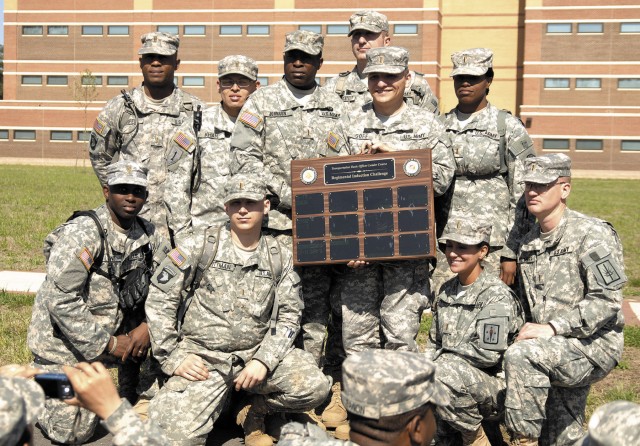
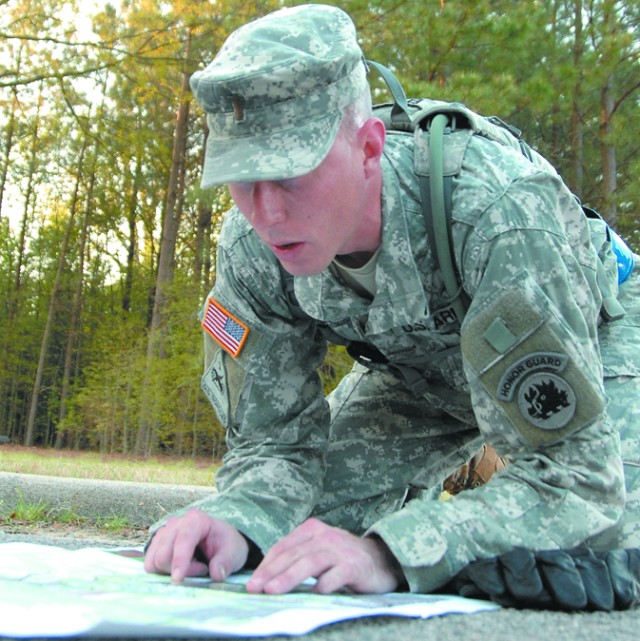

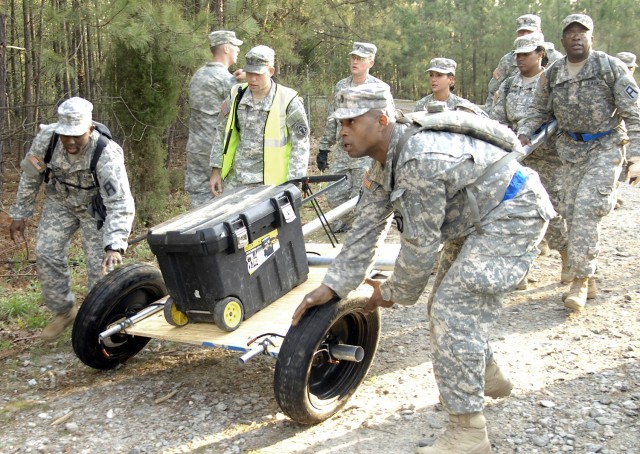

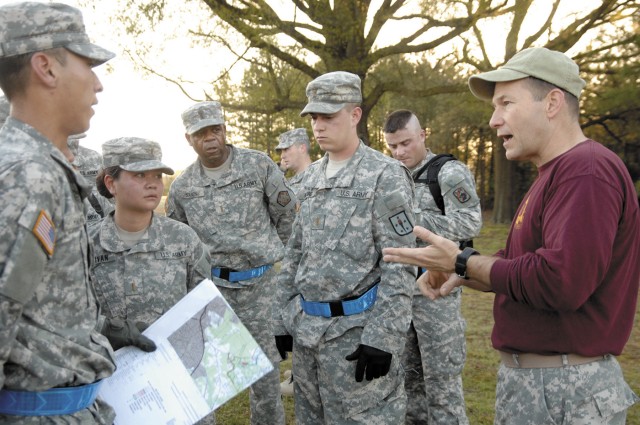
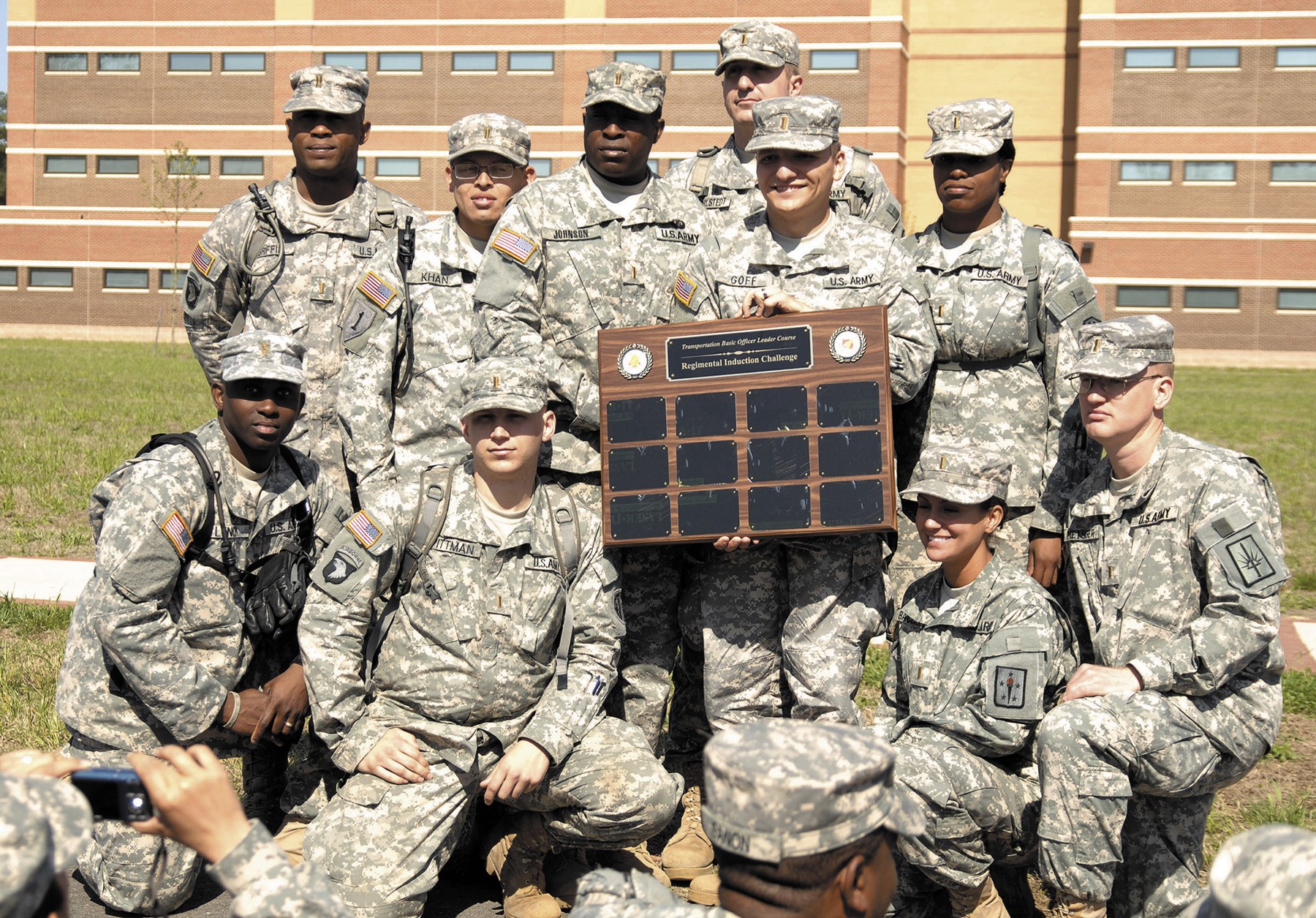

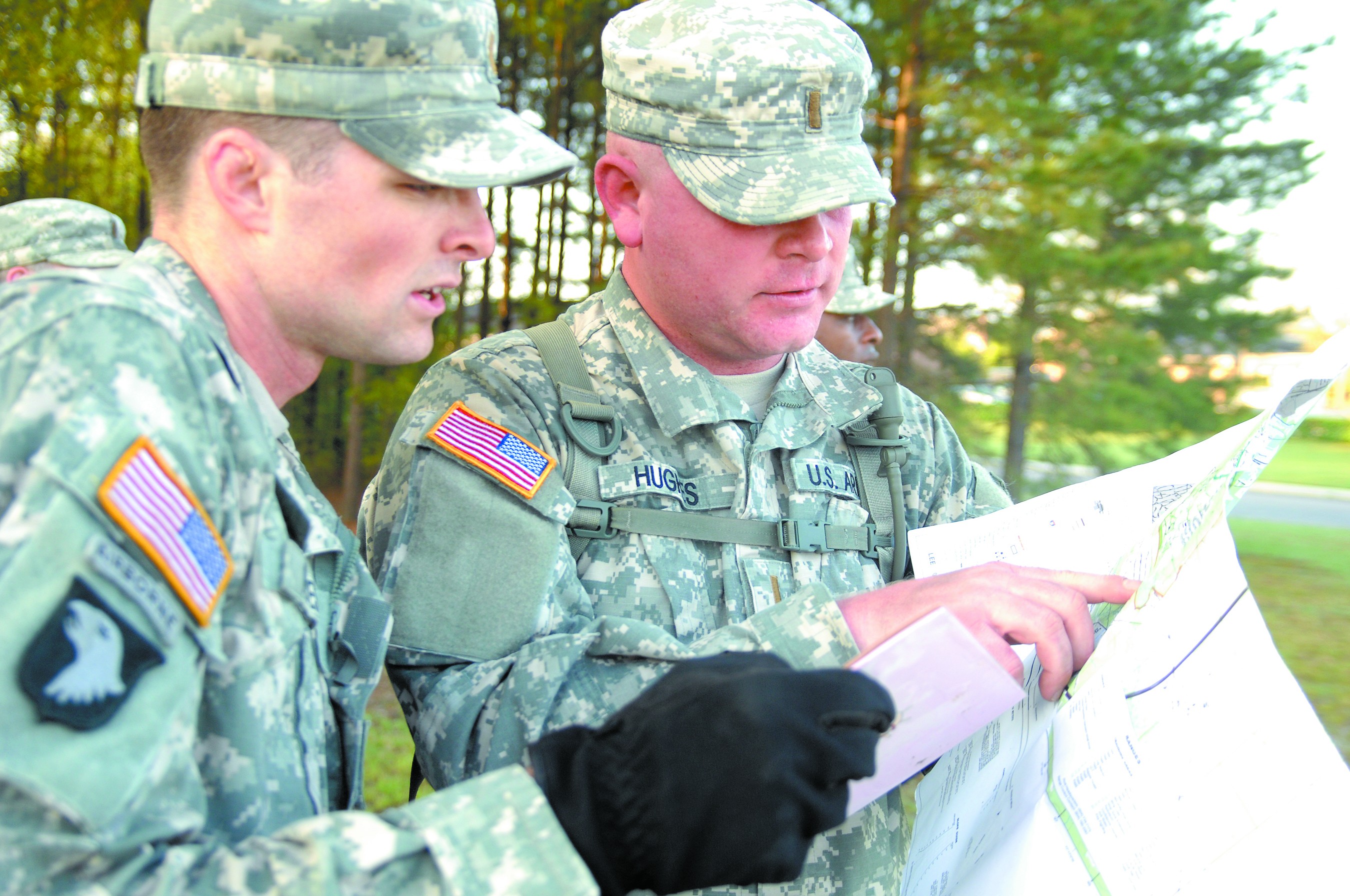
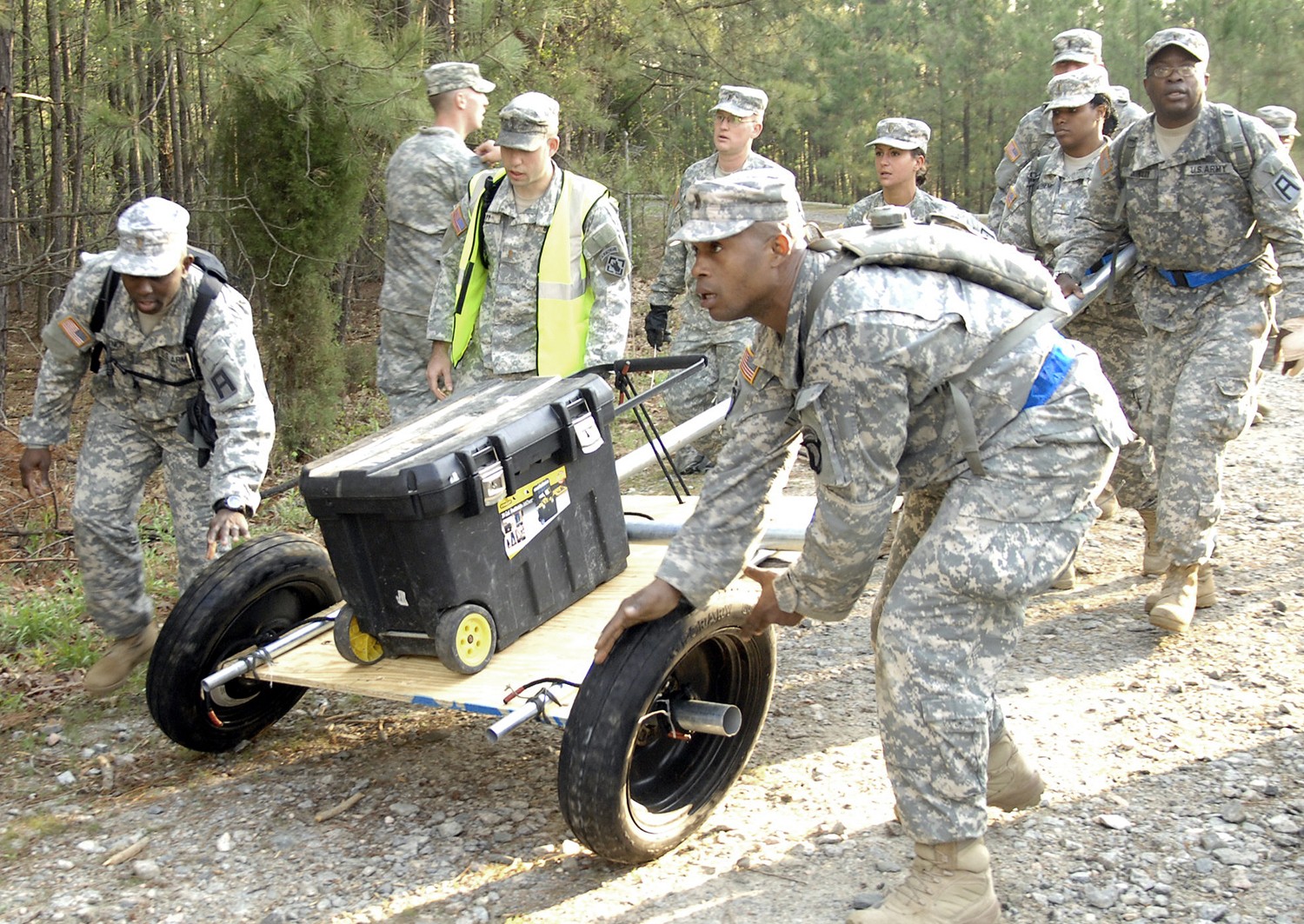

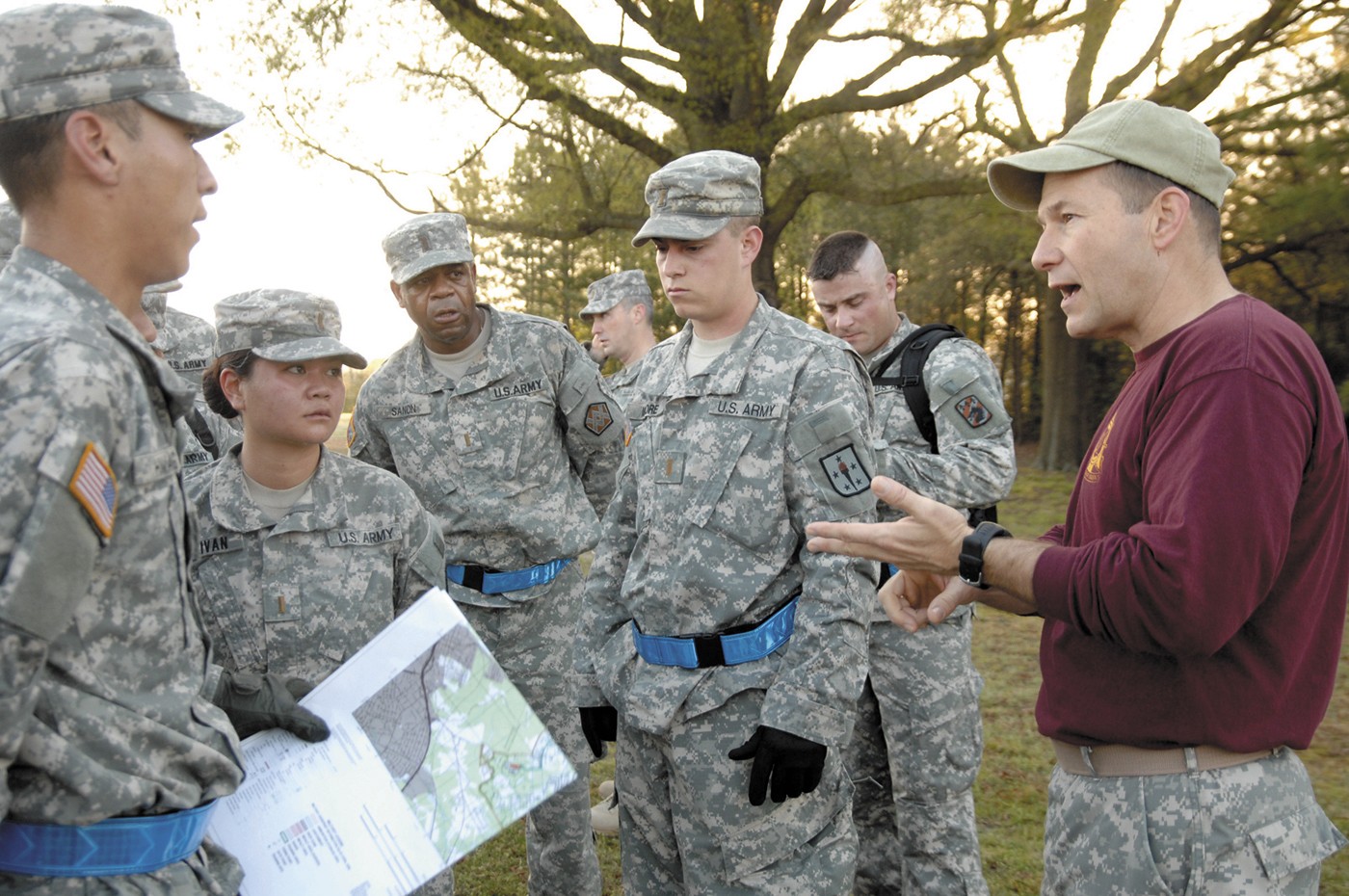
Social Sharing